Ashikur Rahman
An Interpretable Systematic Review of Machine Learning Models for Predictive Maintenance of Aircraft Engine
Sep 23, 2023Abstract:This paper presents an interpretable review of various machine learning and deep learning models to predict the maintenance of aircraft engine to avoid any kind of disaster. One of the advantages of the strategy is that it can work with modest datasets. In this study, sensor data is utilized to predict aircraft engine failure within a predetermined number of cycles using LSTM, Bi-LSTM, RNN, Bi-RNN GRU, Random Forest, KNN, Naive Bayes, and Gradient Boosting. We explain how deep learning and machine learning can be used to generate predictions in predictive maintenance using a straightforward scenario with just one data source. We applied lime to the models to help us understand why machine learning models did not perform well than deep learning models. An extensive analysis of the model's behavior is presented for several test data to understand the black box scenario of the models. A lucrative accuracy of 97.8%, 97.14%, and 96.42% are achieved by GRU, Bi-LSTM, and LSTM respectively which denotes the capability of the models to predict maintenance at an early stage.
Survey on Leveraging Uncertainty Estimation Towards Trustworthy Deep Neural Networks: The Case of Reject Option and Post-training Processing
Apr 11, 2023Abstract:Although neural networks (especially deep neural networks) have achieved \textit{better-than-human} performance in many fields, their real-world deployment is still questionable due to the lack of awareness about the limitation in their knowledge. To incorporate such awareness in the machine learning model, prediction with reject option (also known as selective classification or classification with abstention) has been proposed in literature. In this paper, we present a systematic review of the prediction with the reject option in the context of various neural networks. To the best of our knowledge, this is the first study focusing on this aspect of neural networks. Moreover, we discuss different novel loss functions related to the reject option and post-training processing (if any) of network output for generating suitable measurements for knowledge awareness of the model. Finally, we address the application of the rejection option in reducing the prediction time for the real-time problems and present a comprehensive summary of the techniques related to the reject option in the context of extensive variety of neural networks. Our code is available on GitHub: \url{https://github.com/MehediHasanTutul/Reject_option}
Rice Leaf Disease Classification and Detection Using YOLOv5
Sep 04, 2022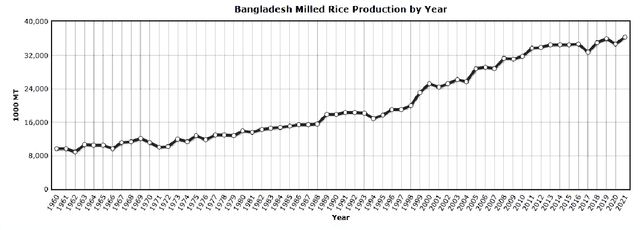
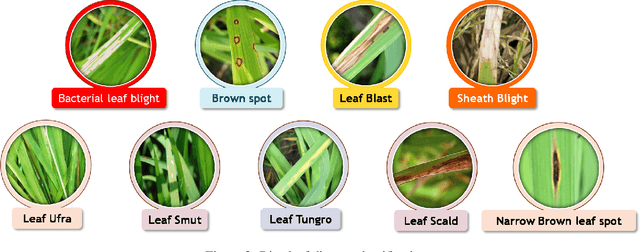
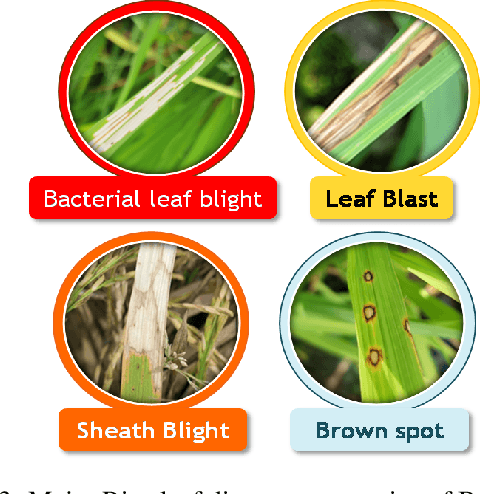
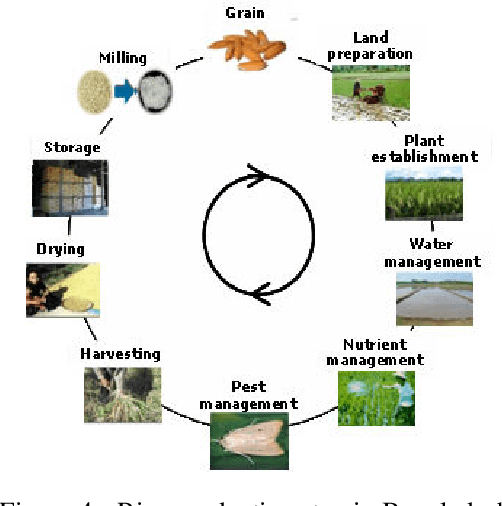
Abstract:A staple food in more than a hundred nations worldwide is rice (Oryza sativa). The cultivation of rice is vital to global economic growth. However, the main issue facing the agricultural industry is rice leaf disease. The quality and quantity of the crops have declined, and this is the main cause. As farmers in any country do not have much knowledge about rice leaf disease, they cannot diagnose rice leaf disease properly. That's why they cannot take proper care of rice leaves. As a result, the production is decreasing. From literature survey, it has seen that YOLOv5 exhibit the better result compare to others deep learning method. As a result of the continual advancement of object detection technology, YOLO family algorithms, which have extraordinarily high precision and better speed have been used in various scene recognition tasks to build rice leaf disease monitoring systems. We have annotate 1500 collected data sets and propose a rice leaf disease classification and detection method based on YOLOv5 deep learning. We then trained and evaluated the YOLOv5 model. The simulation outcomes show improved object detection result for the augmented YOLOv5 network proposed in this article. The required levels of recognition precision, recall, mAP value, and F1 score are 90\%, 67\%, 76\%, and 81\% respectively are considered as performance metrics.
Controlled Dropout for Uncertainty Estimation
May 06, 2022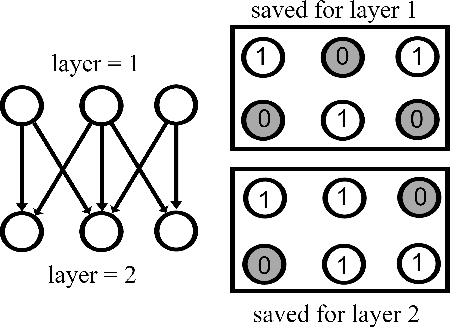



Abstract:Uncertainty quantification in a neural network is one of the most discussed topics for safety-critical applications. Though Neural Networks (NNs) have achieved state-of-the-art performance for many applications, they still provide unreliable point predictions, which lack information about uncertainty estimates. Among various methods to enable neural networks to estimate uncertainty, Monte Carlo (MC) dropout has gained much popularity in a short period due to its simplicity. In this study, we present a new version of the traditional dropout layer where we are able to fix the number of dropout configurations. As such, each layer can take and apply the new dropout layer in the MC method to quantify the uncertainty associated with NN predictions. We conduct experiments on both toy and realistic datasets and compare the results with the MC method using the traditional dropout layer. Performance analysis utilizing uncertainty evaluation metrics corroborates that our dropout layer offers better performance in most cases.
 Add to Chrome
Add to Chrome Add to Firefox
Add to Firefox Add to Edge
Add to Edge